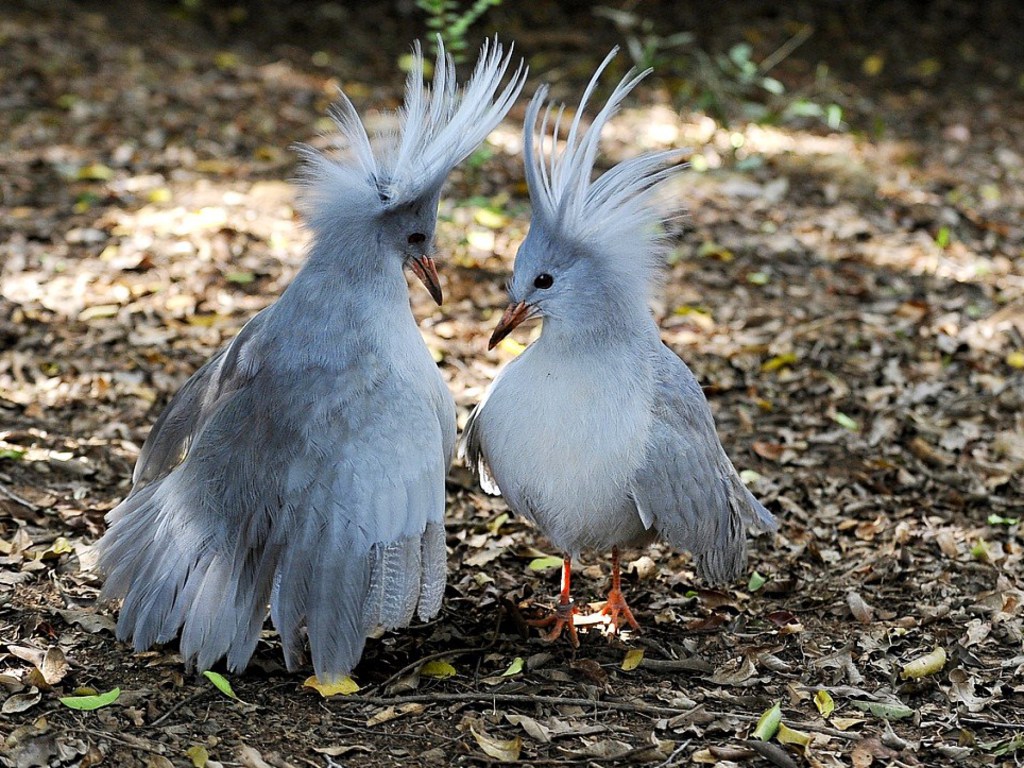 I have had the pleasure and privilege over the past 15 years or so to serve as a guest lecturer on cruise ships. I talk about birds, natural history, geology, and sometimes history and culture and in return I and my wife have been able to cruise the world without spending a fortune.
I have had the pleasure and privilege over the past 15 years or so to serve as a guest lecturer on cruise ships. I talk about birds, natural history, geology, and sometimes history and culture and in return I and my wife have been able to cruise the world without spending a fortune.
One of my cruises that I lectured on a few years ago went to New Caledonia. New Caledonia consists of a group of islands about halfway between New Zealand and Australia, the largest island being Grand Terre, a civilized place whose economy depends upon the tourist trade and nickel mining. This big island broke off from Australia about 65 million years ago; the smaller islands of Lifou, Mare, and the Isle of Pines arose independently from undersea volcanoes. All have a classic tropical atmosphere with sunshine, gentle breezes, smooth white sandy beaches, and swaying palm trees. Of course, my attention is on the birds.
Being isolated in the middle of the Pacific and from each other, there are a lot of endemic (found nowhere else) birds. On New Caledonia’s big island, there are about 27 endemics, including a very special one. The Kagu, a short virtually flightless bird that looks like a 22 inch tall grayish white heron with red legs, an enormous moveable crest and very odd and loud calls, is the island’s symbol. Very curious and uncautious birds, like many island birds, they were driven to the edge of extinction by hunting, the pet trade, and feral dogs. Their population is now about 1500 – reasonable numbers now after full protection by the government, and a strategy to kill wild dogs and control the enormous population of the non-native red deer. The Kagu spends its time on or near the ground, where it hunts its invertebrate prey, and builds a nest of sticks on the forest floor. Both parents incubate a single egg, as well as rear the chick.
As soon as we drove into the rain forest in the mountains above Noumea, the capital of New Caledonia, we saw signs of the Kagu. As it probes in the soil for worms and other invertebrates, it digs shallow depressions in the dirt. We got out of the car and in 30 seconds we spotted our first Kagu. Our guide scratched the soil and noisily moved leaves around and the birds came closer, thinking we had discovered something. In the next 20 minutes we saw five birds, all very close; see photo. As this bird is the only one in its family, it is certainly a unique bird. Given its small population and restriction to one island in the middle of the Pacific, it’s quite a treat to add it to my life list.
We didn’t see many other birds on this day except for the ubiquitous and very common New Caledonian Friarbird and Grey-faced Honeyeater. Both were everywhere and sang like nobody’s business. A Speckled Fantail and Glossy Swiftlet were bonuses. Rainforests are notoriously difficult to see birds in, but we heard doves, a kingfisher, a few parrots, and other calls that avoided my attempts at identifying.
As we approached Noumea on our cruise ship in the early am, we saw Wedge-tailed and Flesh-footed Shearwaters, Greater Terns, and Noddy Terns and we have been seeing boobies, gannets, shearwaters and petrels fairly regularly out at sea. But you just can’t beat the Kagu.
I loved your description of the birds,
I have seen a few but nothing like what you described.
Thank You.